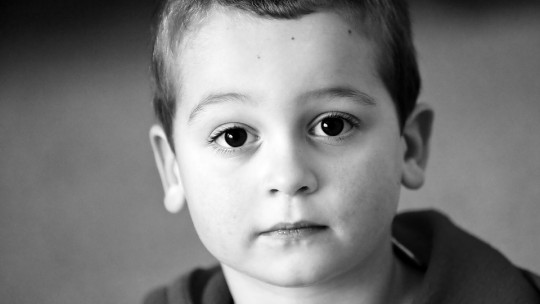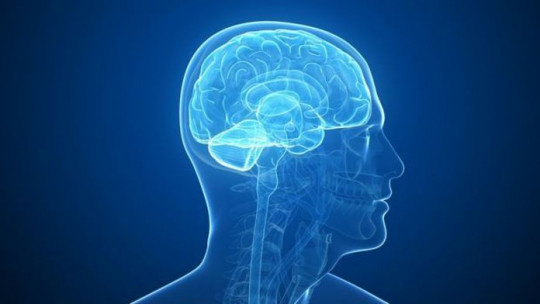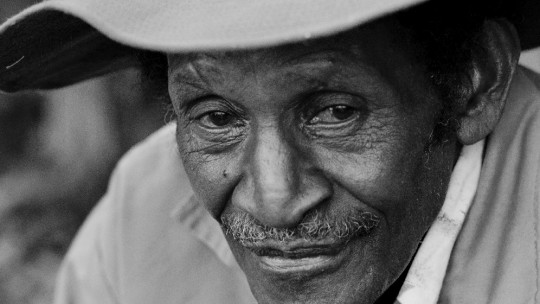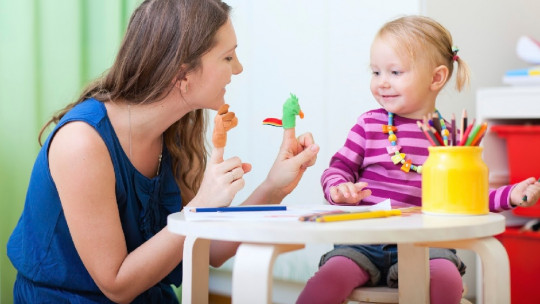
Have you ever heard of alalia? It is a language disorder that affects speech. Specifically, alaila implies the partial or total inability to communicate through oral expression.
People who suffer from it usually develop good abilities to express their ideas in writing, since it is usually their only source of communication.
Alalia: what is it?
Etymologically the word “Alaila” comes from Greek, and means “muteness”, but it is important to keep in mind that the fact that Suffering from alalia does not imply other alterations at an intellectual level or other senses such as hearing That is why people who suffer from it usually have good written communication skills.
Here we will see what alalia consists of, the characteristics of this alteration, the causes that can produce it, and finally the treatments for alalia.
Symptoms
There are different parameters that can be indicative that a person suffers or may suffer from alalia.
People with alalia are called allalics and are usually young children. The first sign that a person suffers from alalia is if that child does not follow a trend in development for his or her age group
Around 12 months of age, they usually begin to say their first words. If shortly after turning 12 months of age the boy or girl does not speak, but does not make goodbye gestures or point to objects or people, in principle there is no reason to worry.
Between 15 and 18 months, there is a critical point of suffering from a delay in speech if they do not know how to say either the word “mom” or the word “dad”, if they do not interact when they are greeted or dismissed with a “hello”. ” or a “goodbye,” or if they use numerous gestures during speech. A factor of normality of language development to take into account would be have a vocabulary of between 2 and 5 words at 12 months and about 15 words at 18 months
On the other hand, another sign of speech delay is the inability to produce words and phrases spontaneously between 2 and 4 years of age, as well as the inability to follow simple instructions and commands, as well as when they can do them correctly. connections between words. Finally, another sign of speech delay would be the inability to create simple sentences of 2 or 3 words, in the range of those ages.
It is important to keep in mind that there are characteristics that also prevail in other pathologies and therefore it is important not to make a mistake in the diagnosis. Allalic individuals present a condition similar to that of mental retardation. Nevertheless, Allalic patients relate well, orient themselves easily and understand mimicry and gestures It must be taken into account that any language pathology may be present in people with normal intelligence but in people with special educational needs.
Causes
Language delay, impairment, even loss can be caused by a physical break in the mouth area when it is still forming, or just after birth. Consequently, the boy or girl may be slow when it comes to shaping the mouth and tongue to form words
However, there are various causes, including some non-physical ones, that can cause alalia:
Each of these causes together or separately can lead to the appearance of a lesion in the central areas of language which would lead to the appearance of alalia.
Types of alalia
There are two types of alalia. Depending on its origin, it is classified into the following:
1. Motor alalia
The motor alalia is one that It is characterized by involvement of the frontal parietal area, thus breaking its functions. This leads to a problem of coordination and balance.
This leads to difficulties understanding words. So finally allalic people substitute words for similarity of sounds, since they find difficulty in repeating complex words. If left untreated, this can lead to stuttering
In milder cases of motor alalia, communication through short phrases is common. In the most severe forms, there is usually only onomatopoeia in oral communication, accompanied by facial expressions and gestures.
2. Sensory alalia
Sensory alalia is somewhat more complex and more serious. Patients who suffer from it They do not perceive or understand speech well, so this ultimately leads to the inability to speak
In these cases, a specific area of the cerebral cortex is affected, and at this point the patients do not speak because the words are incomprehensible to them.
In summary, those affected by sensory alalia are unable to associate words with objects, and generally only communicate with facial expressions and gestures. In many cases, these patients are misdiagnosed as deaf which is why it is essential to have an unequivocal diagnosis.
Treatment
The treatment and necessary therapies depend on the degree of alalia, the cause and severity. In principle, speech therapy is the most effective and common form of intervention
On the other hand, there are more specific therapies, aimed at children who suffer from alalia due to physical malformations. One of these therapies is called myofunctional therapy (MPT), which focuses on correcting facial muscle imbalance. This help is usually given by speech therapist specialists.
Other suitable routines would be to read to children regularly, ask questions in simple and clear language, as well as suggest the use of specific textures in foods to exercise and strengthen jaw muscles, while developing new jaw movements. the jaw during chewing.
Another appropriate guideline is to read to patients affected by alalia, and also ask questions in simple and clear language. Additionally, it is important to suggest the use and introduction of different food textures to exercise and strengthen the jaw muscles, while developing new jaw movements during chewing. Finally, another less common technique is to use music as speech therapy to promote and facilitate the development of speech and language.
Finally, it must be taken into account that therapy must be taking into account the core and family context, so there must be communication and joint work with the patient’s closest environment, and thus positively favor the growth of oral language and vocabulary. In any case, the timely intervention of the speech therapist will make the patient’s success rate and improvement higher.








